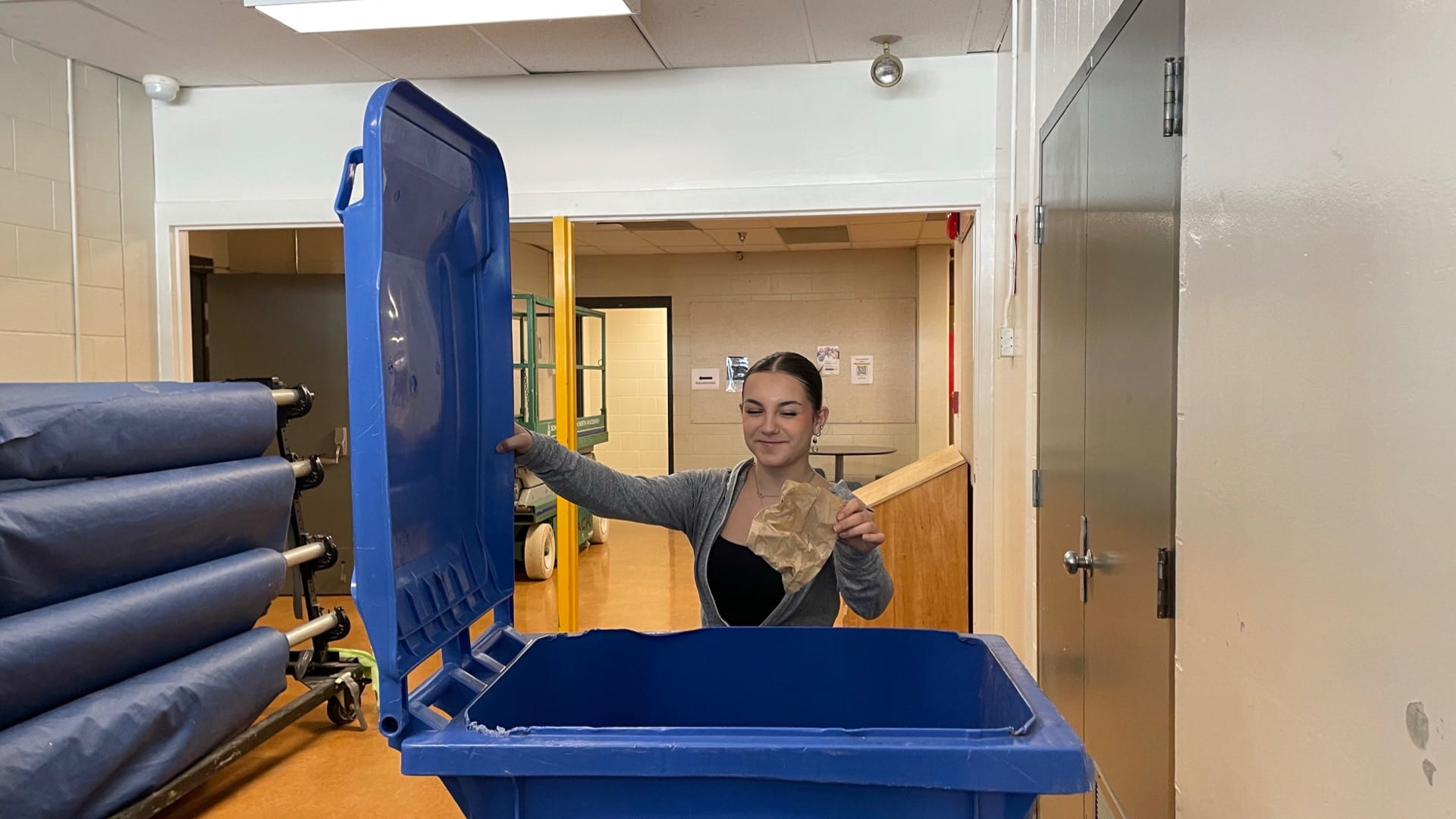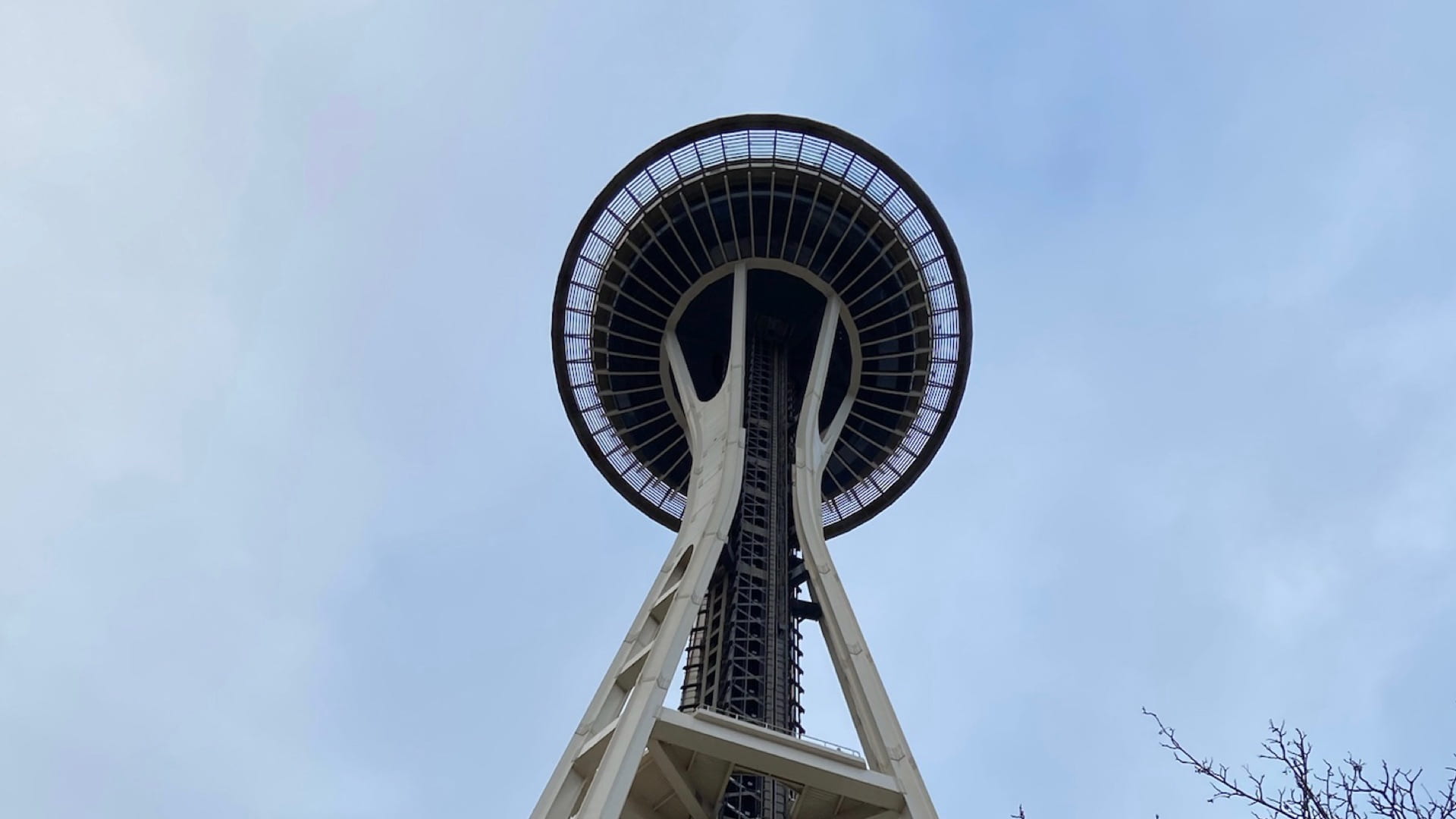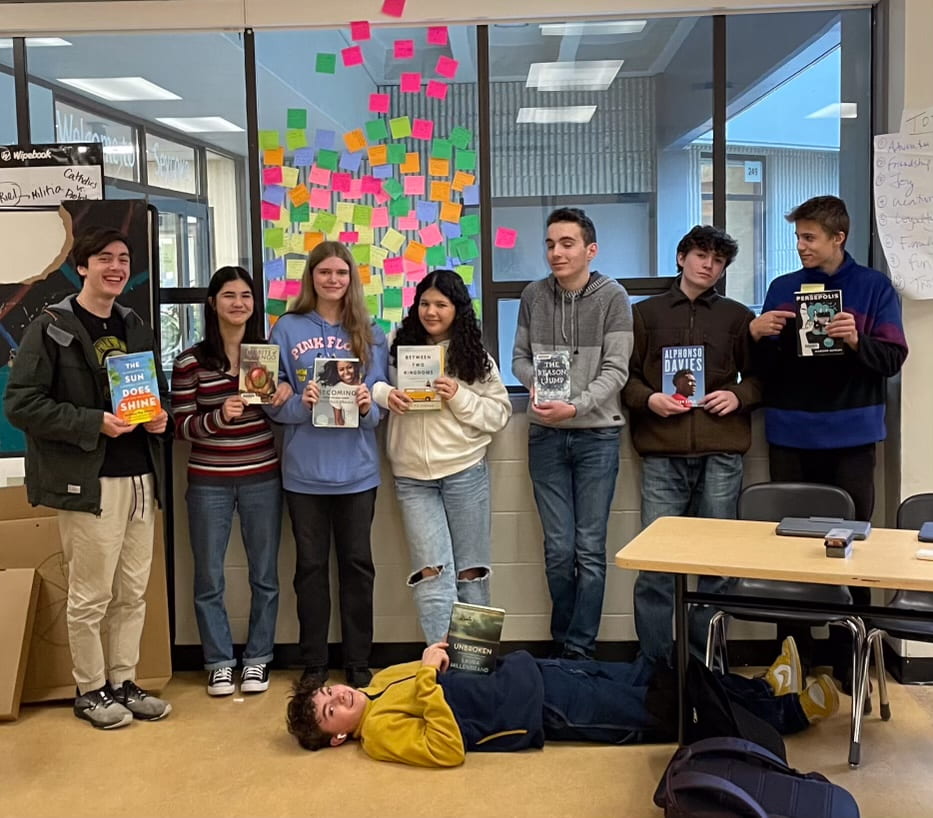Hello all, and welcome back to my blog. Today I will be presenting my tPOL for grade 10! This has been a crazy year, and I’m so ready to reflect on it. Over this year, I’ve faced many challenges and kept going despite them. Today I’ll tell you all about my success behaviours that I’ve utilized this year to complete quality work, and even which ones I am more lacking in and stretching to try and get better at to make myself an even better learner.
Declaration: Thank you for coming to my presentation of learning. I am the expert on my own learning. I am also responsible and accountable for my own learning. You can expect me to give an honest evaluation of my progress. We will discuss my strengths and opportunities for growth. Thank you in advance for listening and for offering feedback that I can use to improve as a learner.
The first success behaviour I’m going to talk about is ownership and responsibility. This one is a bit tricky, as it is not really my strong suit. To have ownership and responsibility means to take responsibility for my work, which involves things like getting it done on time. That’s not something I’m very good at. Sometimes, though, I’m really good at taking ownership for my work and just doubling down and getting it done.
A great example of this was my work in the project “who am I going to be?” Personally, I absolutely loved this project. I think it jogged some great reflection for me on who I am and who I want to be as a person. For my blog post on this project, I took responsibility for my own learning and I got it done on time, with quality that I was very happy with. In that blog post, I shared who I want to be as a person with my audience, making deep reflections on the work that I had done for the project. I feel as though this project defined who I CAN be when I put my mind to it. In this project, we also read a book. We all got to choose different books and I chose a book called “Between Two Kingdoms.” When reading this book, I immersed myself in my learning and allowed myself to demonstrate the enthusiasm I had for my learning. I took ownership for my learning and got things done: finished that book, and wrote that blog post.

Unfortunately, there are many more projects where I FAILED at this behaviour. Now usually, FAILing means First Attempt In Learning. Devastatingly, this wasn’t just my first: it was my second, third, fourth, and so on. An example of how I managed to pull this off is my work in our most recent project in humanities: Chasing the Canadian Dream. In this project, I have done the opposite. I did not get things done. While I have worked hard in all my classtime to finish my book with quality, I did not finish in time for the Monday morning due date. Instead of taking agency for my learning and finishing it up at home, I let it pile up and didn’t finish it.
I think a goal of mine that I will work on over the summer and for next year is that I want to take agency for my work and be able to get things done with quality, like I did in “Who am I going to be?”
The next success behaviour I am talking about is contribution. This behaviour is a part of the engagement category. I think that I am often very engaged in class: when we are talking and learning, I am constantly reflecting on what we are learning about and contributing my ideas to the class.
A great example of this was our Romeo and Juliet project in humanities. In this project, every time that we would do readers theatre in class, I volunteered myself to read for the class. When we did class discussions, I would contribute my ideas.
Another great example of this behaviour is my most recent work in PGP on the project Back to the Future. I think that I contributed to my class’s success in the spring exhibition.

During this project, I was passionate about what I was talking about, and it reflected in my work and my contribution to our area. I was able to contribute my thoughts and ideas and present them to my audience without interfering or getting in the way of my peers. I think that this is a great skill of mine, because I’m really good at sharing my ideas without overstepping and taking from someone else’s. This is a good behaviour to commonly demonstrate in PLP, because it’s always people trying to speak their mind, and it’s easy to take it too far and take away from your peers.
The final behaviour that I’m talking about today is citizenship, which is under the category of conduct, ethics, and integrity. In our success behaviours, citizenship is defined and expressed by demonstrating leadership by setting a positive example, and encouraging and supporting classmates in their academic and personal pursuits.
After reflecting on this for a bit, I think that I stand somewhere in between on this behaviour. I consider myself to be a pretty supportive classmate and friends to my peers, but I’m not so sure about the leadership part. This is a hard pill to swallow, for a few reasons. For starters, this may seem surprising, but I have always considered myself to be a bit of a leader. As I’ve started to get older, I stopped filling that role of a leader because I started to get more self conscious about what other people think. Another reason this seems odd to me is because in many other aspects of my life, I do fill leadership positions: for example, my gymnastics and coaching, but at school, I’ve stopped doing that.
I think this is something that I want to stretch for in my following years in PLP: I’d like to try even harder to set a positive example. This is something I especially want to work on because it not only benefits me but it can benefit my peers, too. I think that that’s really good because I love helping other people.
Thanks for coming to my tPOL! See you next year!



















































